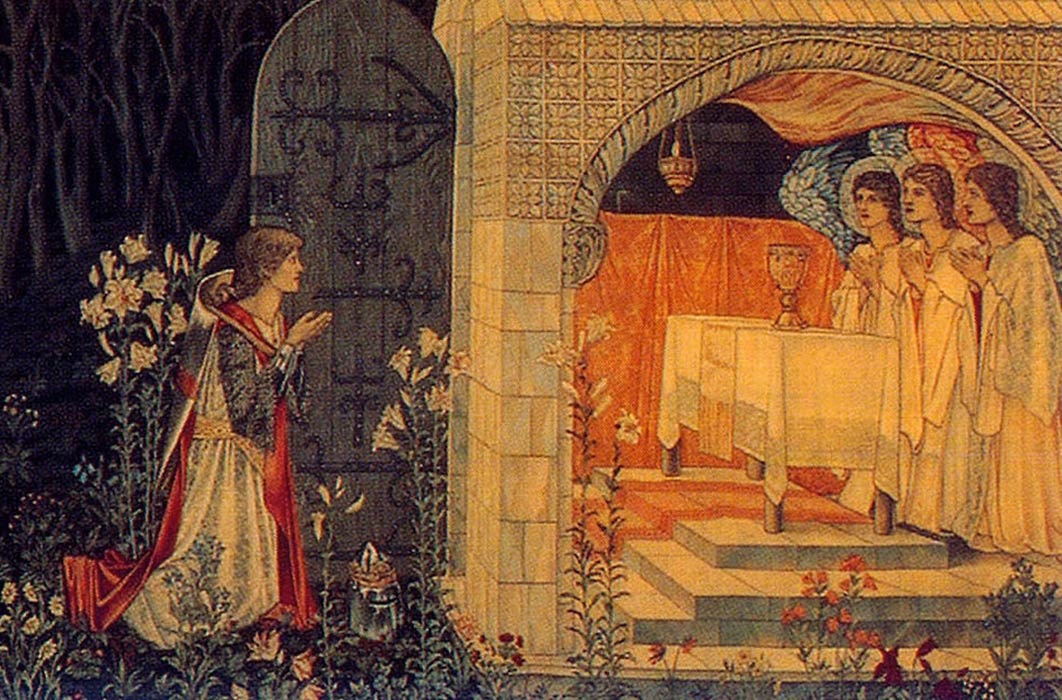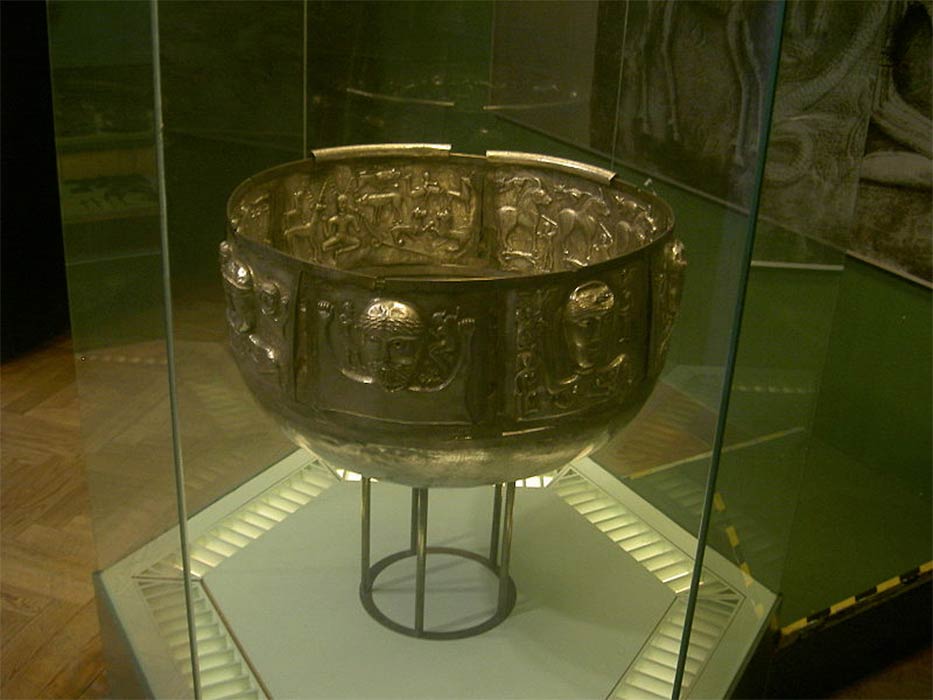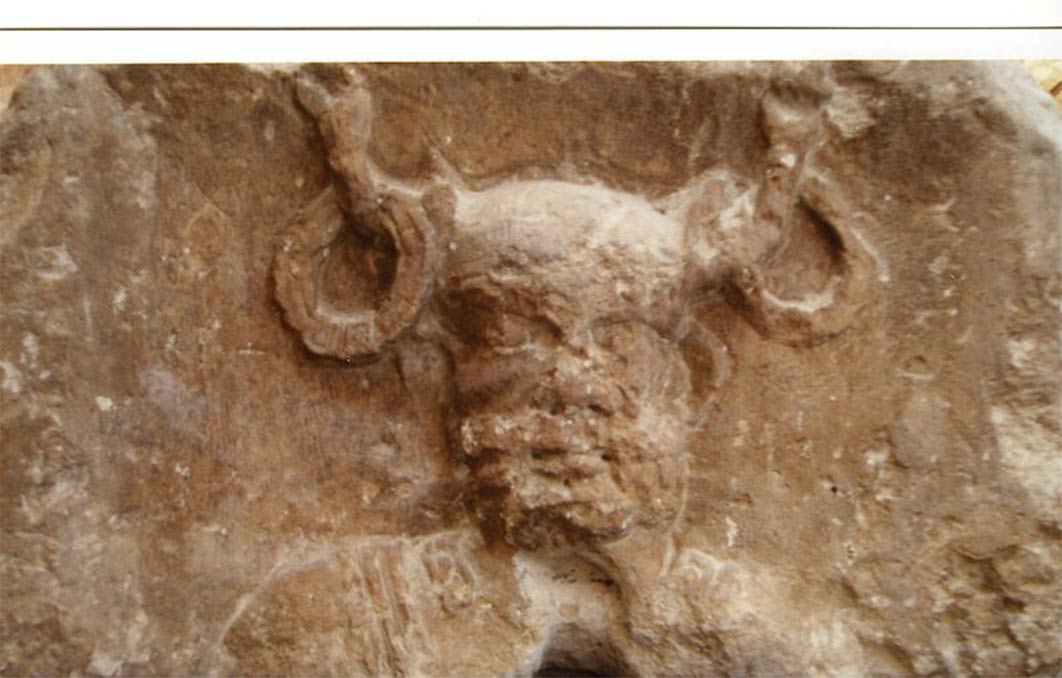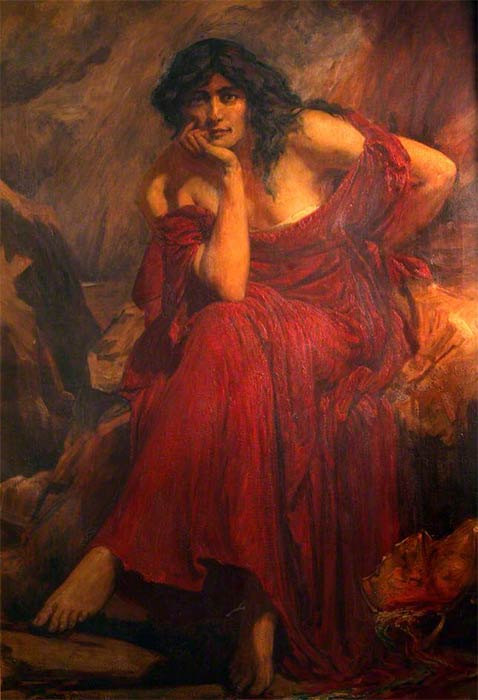
The Quest For The Holy Grail: Celtic Magic Cauldrons
Growing up reading Arthurian legends, one would probably think the Grail is a cup. Not just any cup, of course, but a holy cup associated with Jesus and the Last Supper. One would probably also know that the Knights of the Round Table were sent on the Quest for the Grail. However, things are not always (or often) what they seem, and the true nature of the Grail is much more complicated. In fact, the seeds of story of the Grail were sown long before the Arthurian legends were written down. The origins of the Grail can most likely be found in the magical cauldrons described in ancient Celtic mythology. Although there is ongoing scholarly debate on specific topics, it is undeniable that Welsh, Irish, Cornish or Breton legend and folklore formed the basis for many of the characters and themes immortalized in the Arthurian literature.

The Celtic Gundestrup Cauldron, the National Museum of Denmark, Copenhagen ( CC BY-SA 2.5)
Magical Celtic Cauldrons
These magical Celtic cauldrons not only occurred in myth: there is proof of their physical existence. Discovered in Denmark, the Gundestrup cauldron is a large, gilded, silver basin that dates to the second or first century BC. It may be one of the prototypes of the Arthurian Grail and is, at the very least, material evidence of the importance of ritual cauldrons. Its exquisite embossed designs represent a variety of Celtic deities, including an antlered god (perhaps Cernunnos) sitting in a surprisingly yogic-like pose, surrounded by wild animals.
In medieval Irish mythology, the god-like Tuatha dé Danann had four magical treasures or ‘jewels’: the Stone of Fáil, the Spear of Lugh, Núada’s Sword of Light, and the Cauldron of the great god-king druid Dagda. This cauldron could provide food and nourishment for the multitude, no matter how large. It never ran empty.

Cernunnos, Pilier des Nautes (Thermes de Cluny) (Brodigny/ CC BY-SA 3.0)
Another important legendary cauldron is described in The Tale of Taliesin, often included in the 12th-century collection of medieval Welsh legends called The Mabinogion. In this story, a magical cauldron was utilized by the powerful sorceress or goddess Ceridwen. Ceridwen (also called Kerdwin, whose name can mean white, fair, blessed, bent, crooked, poetry or song), had a magical cauldron in which she brewed many things, including poetic inspiration. The following story links her and her cauldron to transformation and rebirth—attributes that are echoed in the Christian associations linked to the Holy Grail.
- The Chalice of Magdalene – Is this the Holy Grail?
- The Mabinogion: Ancient Welsh Tales Bridging the Celtic Mindset
- The Legend of the Fisher King and Elements of the Divine Fishermen in Ancient Mythology
Ceridwen, her husband, her hideous son, Morfan, and her beautiful daughter, Creirwy, lived near Bala Lake in northern Wales. Ceridwen decided to concoct a potion that would make Morfan both knowledgeable and wise. The potion would take a year of preparation, and she hired a blind man, Morda, to tend the fire beneath the pot and a servant boy, Gwion Bach ap Gwreang, to stir it. Only the first three drops of the potion would contain the magic; the rest would be poisonous. At the end of the year, three drops of the burning-hot potion splattered onto Gwion’s thumb, and he instinctively put his thumb to his mouth and ‘stole’’ the power of the potion.





